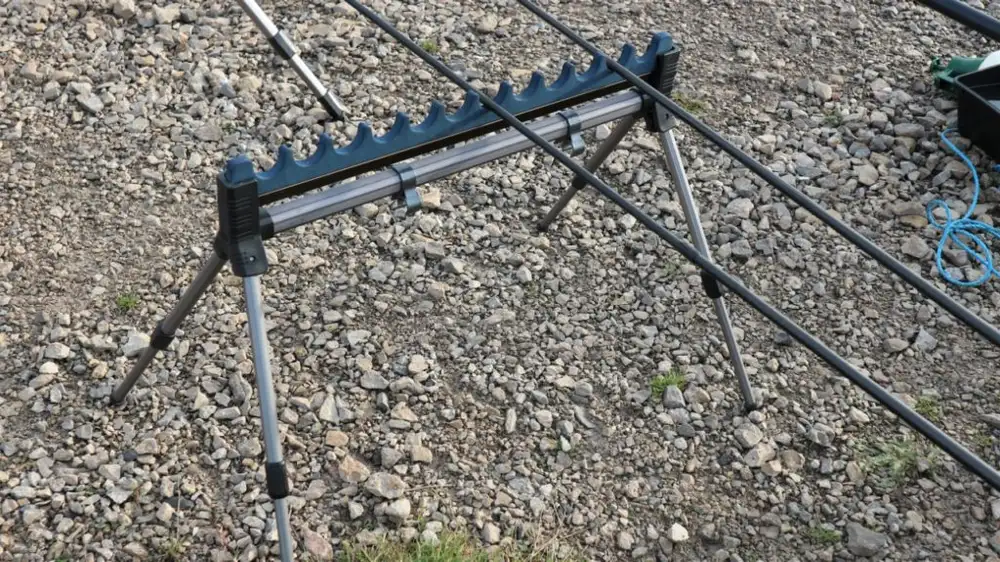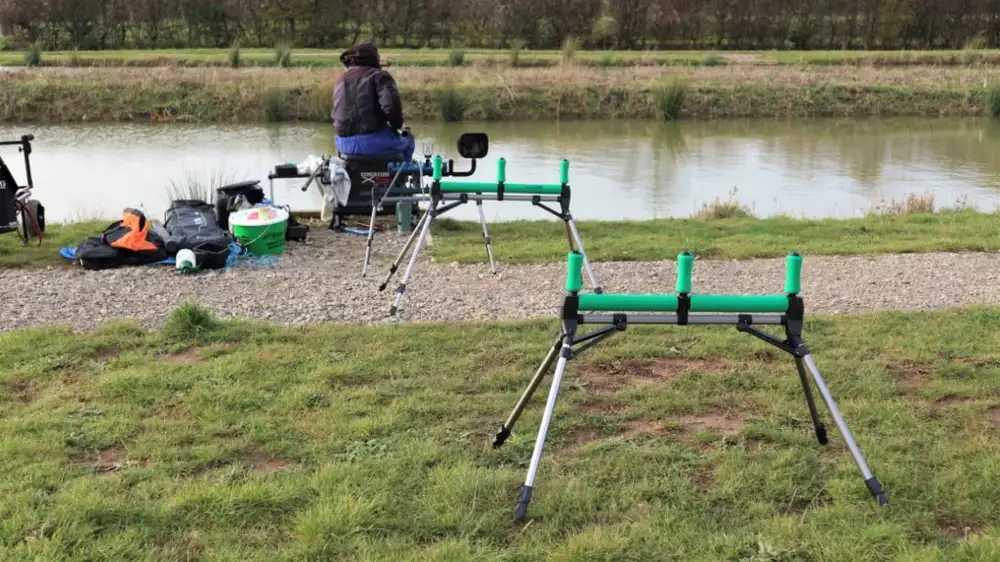This is a demo store. No orders will be fulfilled.
Dave Coster's How To- Keep Your Pole Safe Off The Ground

When using a free-standing roost, it’s a good idea to have a secondary design that clamps to one of your seatbox legs. You can then position the main roost several feet away, so all your spare top kits are elevated off the ground and close to hand, ready for when you want to bring them into play.

While it is possible to unship over one pole roller, a lot of anglers these days use two when fishing with longer poles. The most popular type are flatbed designs, because they are easier to locate the pole on, plus many newer models have a third upright dividing roller guide. This allows you to unship two lots of sections without them clashing together, should it be tricky to get most of the pole back in one go due to obstructions or lack of space. In similar fashion to keeping spare top kits off the ground, doing the same with your main pole helps to keep it clean and prevents any chances of serious damage, which can easily happen if it constantly encounters rough ground.

Another important thing to do when using pole rollers and roosts, is to position them correctly. You will see in the accompanying photograph, that my mate has his spare top kits well away from the water’s edge, so there’s no chance of the wind blowing them in. He has also set his double rollers up in such a way that he can lift into a bite and steer fish out of the feed area to one side, before unshipping. Angling your pole rollers like this, instead of positioning them directly behind you, avoids disturbing a feeding shoal, especially if hooked fish roll on the surface. Also notice the pole sock, which acts like a spare hand, keeping unshipped pole sections steady while elevated on the rollers.